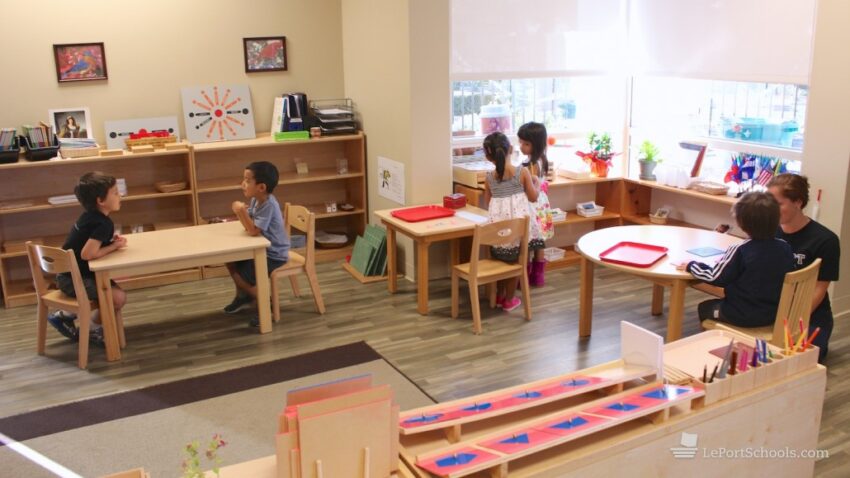Montessori Measurement Activities That Develop Spatial Awareness
Measurement is an essential skill that helps children understand and make sense of the world around them. Montessori education places great emphasis on developing spatial awareness and mathematical concepts through hands-on activities. One of these fundamental concepts is measurement, which allows children to explore and compare different quantities. This article will explore various Montessori measurement activities that facilitate the transition from inches to centimeters, fostering the development of spatial awareness along the way.
1. The Inch Pegboard
The Inch Pegboard activity is an interactive lesson that introduces children to the concept of inches. Using a pegboard with evenly spaced holes, children place pegs inside the holes, measuring the length between each peg to determine the inch increments. They gain a concrete understanding of the inch measurement as they physically engage with the pegboard, enhancing their spatial awareness.
2. Measuring with Rulers
Once children are familiar with the concept of inches, the next step is to introduce rulers. Montessori measurement activities often involve using wooden rulers marked with both inches and centimeters to provide a visual representation of the conversion. Children can measure objects of varying lengths, compare inch and centimeter values, and record their findings. This activity allows them to practice using rulers while developing a deeper understanding of the relationship between inches and centimeters.
3. Building with Unit Cubes
Unit cubes are an invaluable tool for teaching measurement in Montessori education. Children can build structures using unit cubes and then measure their lengths using rulers. By counting the number of cubes used, they develop a sense of quantity and can compare lengths in inches and centimeters. This hands-on activity further enhances spatial awareness as children physically manipulate and measure the structures they build.
4. The Measurement Bypass
The Measurement Bypass activity is a fun and engaging way for children to explore measurement without the need for rulers or other measuring tools. This exercise helps them understand the relative sizes of inches and centimeters by using their own body parts as a reference. Children measure different body parts, such as the length of their hand or the span of their arm, using both inches and centimeters. This activity not only promotes spatial awareness but also reinforces estimation skills as they compare their measurements with standard inch and centimeter units.
5. The Number Line Game
The Number Line Game is a versatile activity that can be adapted to teach both inches and centimeters. By creating a number line using a long strip of paper or a stretch of floor, children can mark inch and centimeter intervals using objects of known lengths, such as blocks or stickers. They then place other objects at different points on the number line and measure their distances using both inch and centimeter units. This interactive game allows children to practice measuring and reinforces their understanding of the conversion between inches and centimeters.
Montessori measurement activities play a vital role in developing children’s spatial awareness and mathematical skills. By providing hands-on learning experiences, these activities enable children to understand and appreciate measurements in both inches and centimeters. From using pegboards and rulers to building with unit cubes and playing measurement games, these activities foster the development of spatial awareness while ensuring a solid foundation in measurement concepts.
Nidhin
For More Details Call: +917510220582

